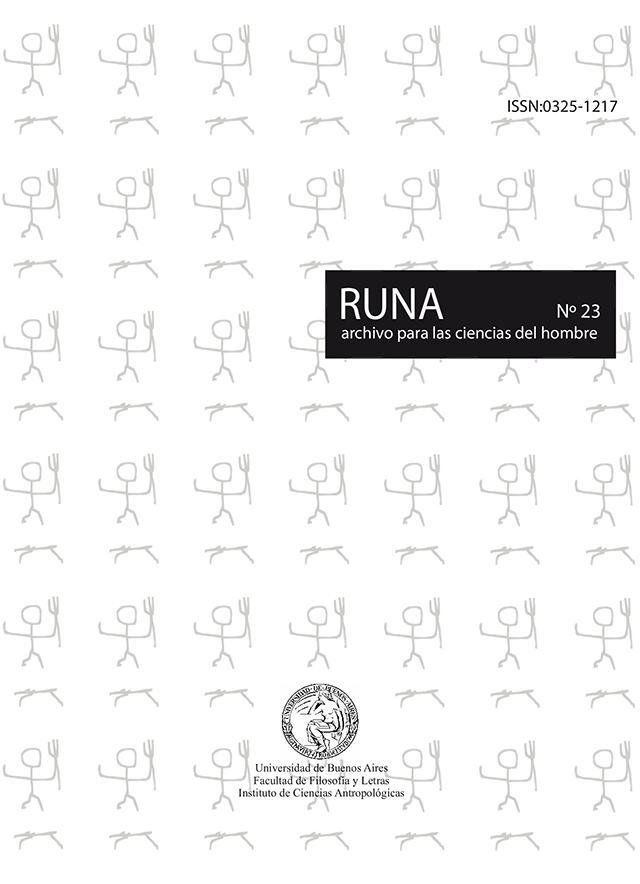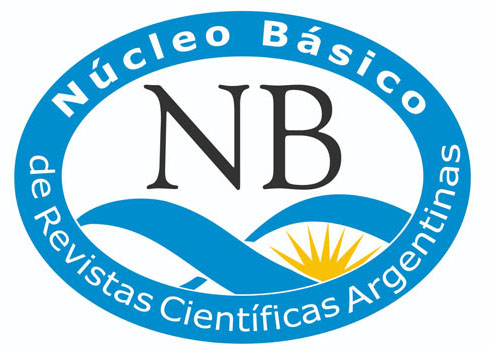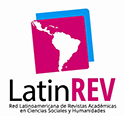Mestizaje y blanqueamiento como coordenadas de aboriginalidad y nación en Argentina
Abstract
Common sense understandings resort to "race" and "ethnicity” as concepts that point to sociological differences, as if these were obviously and respectively based upon ”divisions in nature", and "divisions in culture". As a result, especially scholars who confront any form of racism have progressively abandoned the first concept. However, for those who propose to understand race not as a fact but as a principle of social categorization, such abandonment has provoked an ethnicization of racial issues that hinders our chances of explaining the peculiarity of socio-historically specific process of alterization. This paper thus propose a re-definition of race and ethnicity, as analytical categories enabling us to explain the way in which distinctive social practices of marking effect distinctive forms of alterity. Focusing the discussion mainly upon constructions of aboriginality, I argue that both practices merge at the moment of singling out this particular type of internal other. Departing from the examination of sense—making processes around key ideological signs such as "whitening", "purity" and "half-breeding", I aim at showing the way in which current practices inscribe contradictory trends that perform in Argentina both the ethnicization and racialization of " Indigenous PeoplesDownloads

Runa, archivos para las ciencias is a publication of the Instituto de Ciencias Antropológicas, Facultad de Filosofía y Letras, Universidad de Buenos Aires and is distributed under a Creative Commons Attribution 4.0 International License.
Runa maintains its commitment to the policies of Open Access to scientific information, considering that both scientific publications and publicly funded research should circulate on the Internet freely, free of charge and without restrictions.
The contents and opinions expressed in published articles are the sole responsibility of their authors.



















